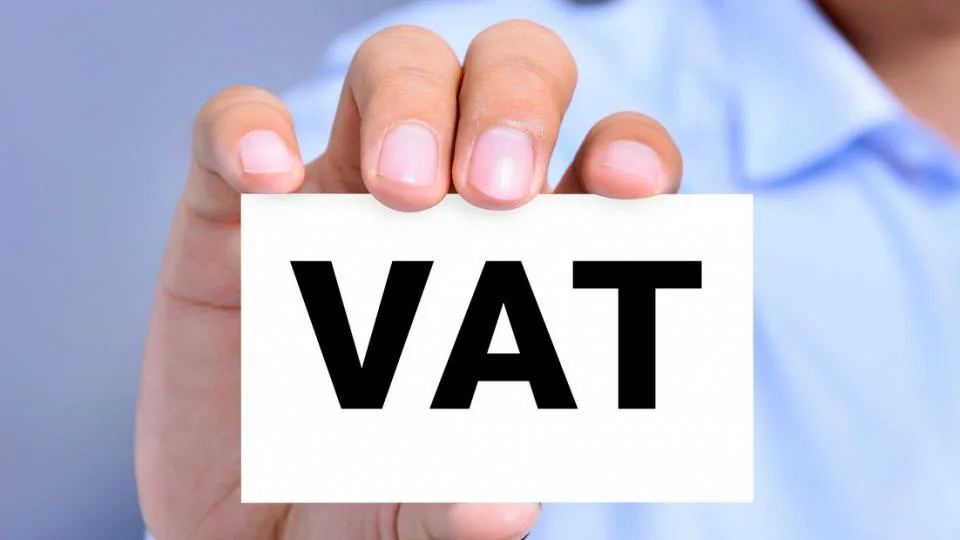In India, the Mediate and Entertainment industry is huge. The penetration of media and entertainment has increased because of the factors like OTT, cheap subscriptions and affordable Internet. In addition, smartphones have made it possible for the general population, even in rural areas, to be engaged in media and entertainment even when there is a lack of critical infrastructure or when they are travelling.
Since the size of the industry is enormous, implementing GST was sure to impact the industry in multiple ways. There have been some positive impacts, but at the same time, there have been some minor impacts of GST. We will talk about both sides of the coin in the sections below.
Positive Impact of GST on Media and Entertainment
- Reduction of Tax Burden – There are many categories under the media and entertainment industry where the tax has been reduced. These components are critical for the production of shows and movies. The reduction in taxes on these critical components has led to an overall reduction of taxes for the media and entertainment industry. A classic example of this is the advertisement space, as there has been a drastic decrease in taxes there.
- Tax Input Credit – The input tax credits have been made available for production houses, which has helped them in multiple ways. They can offset their tax liabilities using the input tax credit, and at the same time, it has helped them by having a higher working capital.
- Entertainment Tax – Earlier, there was a lot of entertainment tax, which varied from one state to another. Some states had as much as 110% entertainment tax, and many others had 30% to 50% entertainment tax. The good thing about the entertainment tax is that it is subsumed under GST. This has reduced one level of compliance for the media and entertainment industry. This has also led to an overall reduction in taxes.
- Unified Tax Regime – Earlier, the entertainment and media industry had to handle multiple taxes, which was certainly difficult. The administration part was also challenging. With the implementation of GST, a lot of paperwork is not required now, and since it is just a single tax, it is easy to manage. Digital invoicing and bookkeeping software can make filing taxes even easier for the media and entertainment industry.
- Dual Tax – Earlier, there was dual taxation on food and beverages. The consumer had to pay service tax and value-added tax. After the implementation of GST, it was subsumed under one tax, and it has been lowered. The non-AC restaurants or counters have a 12% tax rate, and AC restaurants attract an 18% tax.
- E-Way Bill – You might have already heard about the e-way bill, and this is yet another positive change under GST. This has reduced the logistics time, and it has also reduced the corruption in logistics by multiple folds. Moreover, you don’t have to generate an e-way bill if the value of goods is less than Rs 50,000.
Negative Impact of GST on Media and Entertainment
- Addition Services Under GST – After implementing GST, many new things have been brought under the purview of GST. These things were not under the umbrella of indirect taxes earlier. For example, earlier, the temporary transfer of copyright or temporary permission to use enjoyment of copyright was not taxed.
- Higher Tax Rate on Some Products and Services – Earlier, the services rendered by artists or technician was charged 15%. This includes technicians like composers, directors and photographers. After the implementation of GST, the tax rate increased to 18%, making such services dearer by 3%.
- Services vs Goods – The tax regime has been unified, but the treatment of goods and services differs. In such a case, many businesses must maintain separate records for goods and services. This can add to the complexity. A better approach would be to make the behaviour similar, as that would further reduce the cost of administration and compliance.
Final Take
GST has benefited the media and entertainment industry; however, there is more scope for improvement. We strongly feel that the GST on some of the items should be lowered from the 28% slab. In addition, the GST input tax credit should be usable for settling the tax liability of the businesses. The change will also have businesses improving their profitability and taking it to an upper limit. There certainly has been progress because of GST. Still, there are certain things which the government would need to offer or clarify before the GST becomes more effective in the media and entertainment industry.















